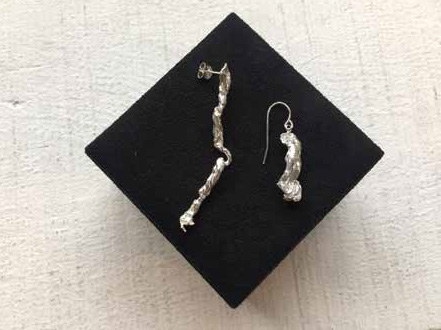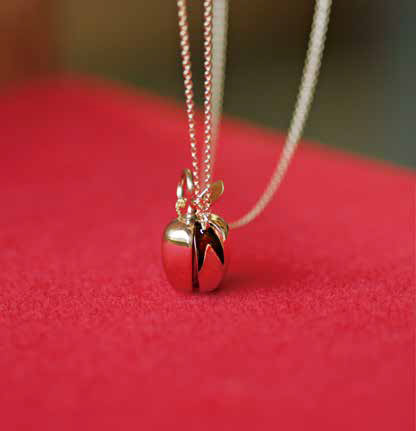- Home
- News
- Art Works
- PACHINKO TRIOGY ー777ー
- PYRMID ーYin Yang versionー
- FEVER
- MASS+GAME
- PYRAMID
- A VIVID MORNING ON THE NORTH SIDE
- MIKARA DETA SABI
- Paper model-type missile
- Plastic model-type missile
- LOVE IS STRONGER THAN DEATH
- LOVE&DEATH
- SCARY STORY
- MIKARA DETA SABI ーTERRITORYー
- MASS GAME —The Wasp—
- BLOOD
- MIMI-NASHI-HOICHI
- War Accessory
- DURST
- FLOWER POT —Destruction and Rebirth—
- Labor Mobilization
- DURST ZWEITE ーTERRITORYー
- DURST DRITTE —TOKYO WHITE CUBE—
- ANTI-GRAVITY
- Untitled
- Collaboration with Chinen Daichi
- Projects
- Biography
- Book
- Studio
Projects
Please scroll down.
MIKARA DETA SABI PROJECT
“Fujiwara’s Body Rust Discharge Workshop” is an art project that revolves around “rust” inside the body.* Illustrated are various
episodes around the participants, related to what I call ”the body discharging rust,” using actual rust resulting from a natural chemical reaction. The finished works, the participants keep as warnings to themselves.
* The original Japanese name of this project refers to a Japanese idiom that literally translates as “rust coming out of the body,” meaning “to take the consequences of one’s own deeds” or “to reap what one has sown.” “Rust” in this case can thus be understood as “residue” that amasses in oneself as a result of previous actions.
Translated by Andreas Stuhlmann
「ふじわら 身から出たさび科」とは自身の「身から出たさび」を吐き出す藤原勇輝によるアートプロジェクト。
参加者自身の「身から出たさび」エピソードを自然素材の鉄から出たさびで描く。完成後は参加者自身が保管し、戒めとなる。
Trailer
▼Japan version(Workshop)






▼Jeju island/Korea version



Umbilical Cord Accessory Project


実際のへその緒
Real umbilical cords


Umbilical Cord Accessory
2018
Silver925, hook, pin
W10 D10 H130 mm
W10 D10 H50 mm
This project started off from a request from a female friend, who asked me if I could make her child’s umbilical cord into a silver accessory. An umbilical cord is a mysterious and somewhat grotesque object (organ) that represents the connection between mother and child. The habit to preserve it carefully seems to be rather unusual even in a global context. This participatory art project aims to examine the increasingly diluted indigenous Japanese culture and mentality, by decorating the body once again with the same umbilical cord that was once cut off from it.
Translated by Andreas Stuhlmann
子供のへその緒をシルバーアクセサリーにできないかという知人女性からの依頼でこのプロジェクトは始まった。へその緒は母と子の繋がりの象徴であり、神秘的でありグロテスクである物体(臓器)である。それを大切に保管する習慣は世界でも稀であるという。一度切り離したへその緒をもう一度身につける事で、希薄化する日本古来の文化とメンタリティを考察する参加型アートプロジェクト。
Washi Mask Project 2020
Washi Mask Project 2020
2020
Video 7'20"(©️Hayashi Yuki )
Washi mask project: Japanese paper masks interwoven with plague themed literary texts
In March 2020, the unavailability of face masks from both physical and online stores inspired many people – including myself – to create their own masks. That was also when someone at H.Factory
approached me with the suggestion to produce masks from Japanese washi paper.
In the process of gathering information, I found inspiration in Albert Camus’s The Pest (1947), a novel in which the author illustrates his personal experience with the French Resistance movement
he was involved in, while at once battling the plague that was spreading in Medieval Europe at the time. The concept for this work developed from my discovery that those events coincided with the
history of Japanese “balloon bombs” (the balloons for which were made of washi paper) that were used toward the end of the war.
Viruses and wars confront us with aspects of life and death. The idea behind this mid-/long-term art project is to carefully think about “how we can survive in the future,” through the act of
producing and wearing masks made of washi paper, as long as the current virus is plaguing us.
Translated by Andreas Stuhlmann
和紙マスクプロジェクト —ペスト文学を織り交ぜた和紙マスク—
2020 年3 月現在、店頭やネットでマスクを買うことが難しくなり自作のマスクを身につける人が増えた。そして、私もその1 人であった。そんな中、H.Factory から和紙を使ったマスクを作ってはという提案を頂いた。
情報を収集していく中で、アルベール・カミュの1947 年に出版された小説「ペスト」に着想を得た。中世ヨーロッパで世界的に流行した感染症ペストと自らの大戦中のレジスタンス活動の経験を重ね合わせたとされる小説と、終戦間近に使用された風船爆弾(気球部分が和紙)の歴史とが同じ時間軸を共有する事に気付き、そこを出発点にコンセプトを構築していった。
ウイルスや戦争は我々に生、死を突きつける。和紙マスクを作り、身につける行為を通して本ウイルスの収束までの期間中に「これから我々はどう生き抜くか」をゆっくり考察する中長期型アートプロジェクト。
BunnyLingo Project


BunnyLingo
Since 2010
Earring
K18
Pair pendant
K10
The BunnyLingo brand offers a range of Fujiwara-produced goods.
Inspired by Claude Levi-Strauss’s text “The White Hare of Inaba,” I mixed parts of English and Japanese to create the brand name “BunnyLingo.”
It combines the image of a hare that, according to a Japanese myth, got its fur ripped off by sharks for deceiving them, and the custom of cutting the peel of an apple – ringo (or lingo) in
Japanese – in the shape of rabbit ears as a lunch box garnish.
Translated by Andreas Stuhlmann
バニーリンゴは、藤原によるプロデュースプロダクト。
レヴィ= ストロースの「因幡の白兎」への言及に着想を得て、英語と日本語を組み合わせた造語「BunnyLingo」をブランド名とした。
神話の中で、白兎は嘘をついてワニザメに皮を剥ぎ取られる。その様と、ウサギ型に皮をカットされたリンゴが弁当箱に入っている様を重ね合わせモチーフとした。



